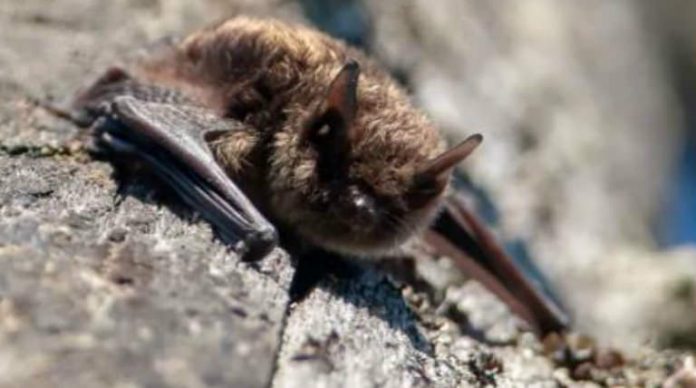A bat found on the grounds of a Greater Victoria Elementary School has tested positive for rabies, the second occurrence in less than a month.
Island Health said that a bat, which tested positive for the rabies virus, was found dead on the grounds of Frank Hobbs Elementary School on Sept. 11. Island Health received the test results on Wednesday.
In a letter to Frank Hobbs Elementary parents, Island Health says the deceased winged creature was located on Wednesday near the school’s compost and garbage area.
Island Health says after the bat was carefully removed testing showed it was carrying the rabies virus.
“To the best of our knowledge, no student or staff had direct unprotected contact with the bat,” Medical Health Officer, Dee Hoyano wrote in the letter.
On September 4th staff with an after-school care program at Keating Elementary in Central Saanich found a dead bat. The bat also tested positive for rabies.
Island Health says three bats out of 50 on Vancouver Island tested positive for the virus this year.
What is rabies?
Rabies is a severe viral disease that affects the central nervous system. It is almost always fatal. All warm-blooded mammals including humans are susceptible to rabies.
What mammals carry rabies?
Bats are the primary animal that carry rabies in Washington. Between 3-10% of bats submitted for testing are found to be rabid. Bats tested for rabies are more likely to test positive for rabies because they tend to be sick and injured; less than 1% of bats in the wild are infected with rabies.
How is rabies spread?
The rabies virus is found in the saliva and brain tissue of a rabid animal. It is usually spread to humans by animal bites. Rabies could potentially be spread if the virus comes into contact with mucous membranes (eye, nose, and respiratory tract), open cuts, or wounds. Other animal contact, such as petting a rabid animal or contact with the blood, urine, or feces of a rabid animal does not constitute an exposure. Person-to-person transmission of rabies has occurred only through tissue transplantation.
What treatment is available after exposure to rabies occurs?
Rabies in humans is 100% preventable through prompt appropriate medical care. Safe and effective treatment following potential rabies exposure should begin as soon as possible after the exposure occurs. Treatment is a series of shots. These shots, called post-exposure prophylaxis (PEP), include one dose of human rabies immunoglobulin (HRIG) and four doses of rabies vaccine given on a specific schedule over a 14-day period. People with weak immune systems will also need a fifth dose of vaccine and a blood test to check that the vaccine worked.















